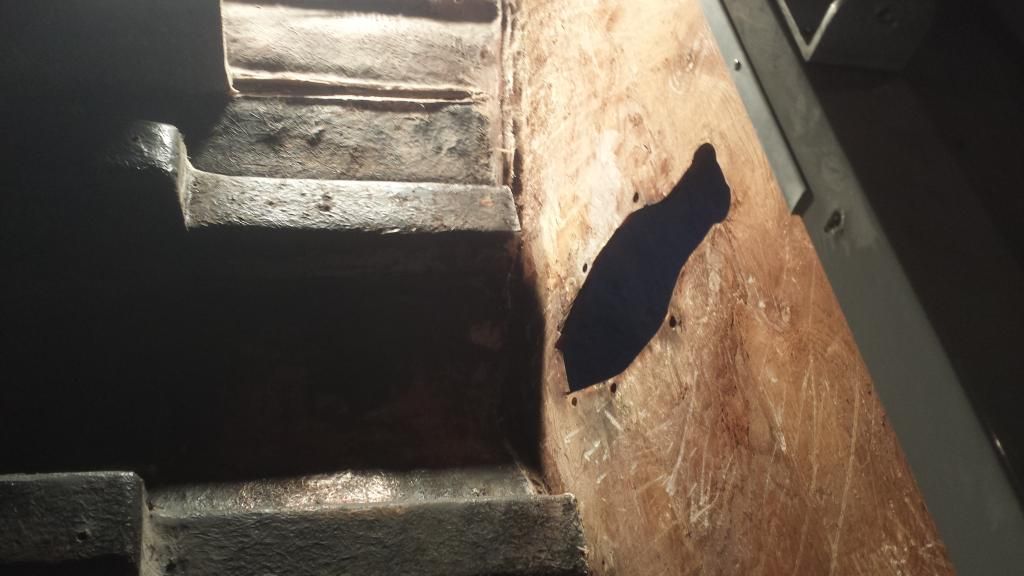JASinIL2006
Vice Admiral
- Joined
- Feb 10, 2012
- Messages
- 5,742
I think generally you want to glue the two pieces together before you coat the ply with resin. You essentially want to make a thicker piece of plywood, which then gets encapsulated with resin/cloth. No point in wasting resin on a joint that will be in the middle of a sandwich of two layers of plywood.
I also think you'd be making the surfaces to be mated less flat, which means you'll get a poorer glue joint.
Hope this helps,
Jim
I also think you'd be making the surfaces to be mated less flat, which means you'll get a poorer glue joint.
Hope this helps,
Jim
Last edited:





















